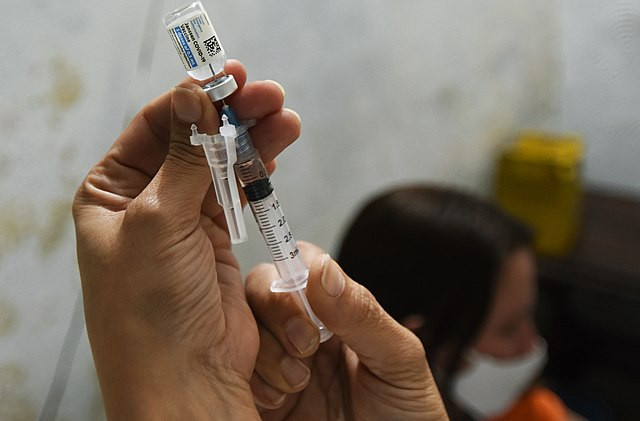Harvard Medical School researchers have mapped eight distinct long-term symptom pathways for long COVID, offering the most detailed classification yet of how the condition progresses among patients infected during the Omicron era. The findings, published Monday in Nature Communications, stem from an NIH-funded study that tracked nearly 3,700 adults and comes as the Centers for Disease Control and Prevention estimates that nearly 20 million Americans continue to experience lingering symptoms.
The study, part of the National Institutes of Health's Researching COVID to Enhance Recovery initiative, analyzed symptom patterns over a 15-month period beginning after December 2021. The classification effort arrives as physicians and public-health leaders struggle to determine why some patients improve, others relapse, and a substantial share develop symptoms months after infection.
Researchers outlined eight trajectories defined by severity, duration, and fluctuation of symptoms. According to the data, 5% of patients continued to experience persistently high symptom burden throughout the study period. Another 12% faced non-resolving symptoms that were intermittently severe, with dramatic fluctuations over time. These two groups represent some of the most debilitating profiles captured in the research.
One of the most concerning pathways involved delayed onset. Fourteen percent of patients had no long-COVID symptoms at the three-month mark but developed escalating symptoms by month 15. Researchers said this pattern indicates previously unrecognized biological mechanisms that may require tailored treatment approaches. Other categories included gradually improving symptoms, gradually worsening symptoms, or mild symptoms emerging only after the 15-month time point.
Senior author Dr. Bruce Levy, chair of medicine at Brigham and Women's Hospital and professor at Harvard Medical School, said the classifications fill a critical gap. "This study addresses an urgent need to define the differing long COVID trajectories," Levy stated. "Our findings will help determine what resources are needed for clinical and public health support of individuals with long COVID and will also inform efforts to understand long COVID's biological basis."
Dr. Tanayott Thaweethai, assistant professor at Harvard Medical School and associate director of Massachusetts General Hospital Biostatistics, emphasized the research implications. "The variability we identified will enable future studies to evaluate risk factors and biomarkers that could explain why patients vary in time of recovery, and help identify potential therapeutic targets," he said in a Mass General Brigham statement.
The CDC lists more than 200 symptoms associated with long COVID. Fatigue, brain fog, and post-exertional malaise remain the most widely reported. Patients have also described chest pain, palpitations, headaches, sleep disruptions, dizziness, changes in smell or taste, gastrointestinal issues, joint pain, muscle pain, and dermatologic reactions. Long COVID is defined as symptoms persisting or newly appearing at least three months after initial infection, with no alternative explanation.
The study cohort was composed primarily of women-69% of participants-and nearly all subjects, 99.6%, contracted COVID during the Omicron era. That detail is significant, researchers said, because Omicron and its descendants have shown distinct clinical features compared with earlier variants, shaping symptom onset and duration in ways not yet fully understood.






